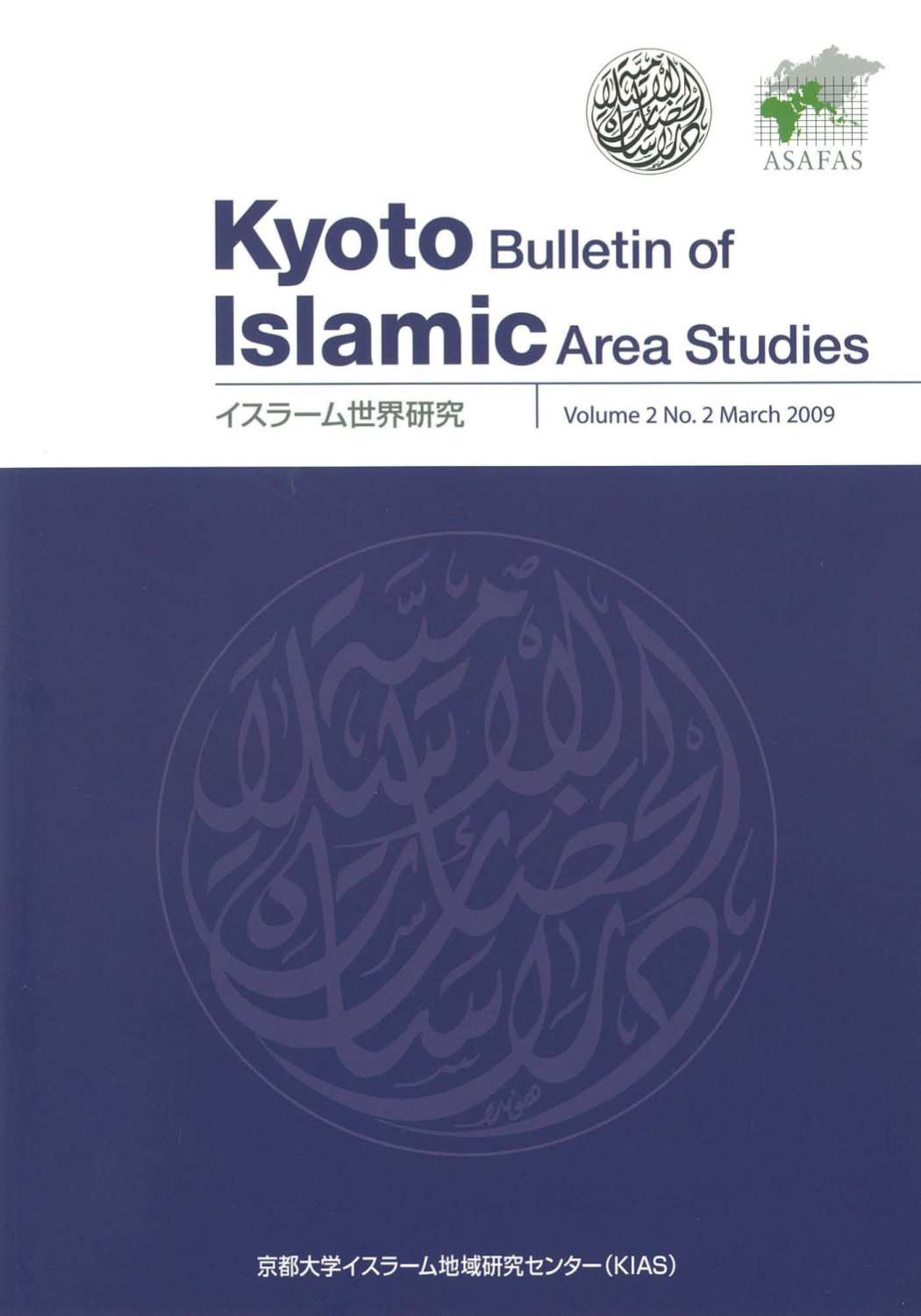
Title
TOYO BUNKO RESEARCH LIBRARY 17 Vestiges of the Razavi Shrine, Āthār al-Rażavīya a Catalogue of Endowments and Deeds to the Shrine of Imam Riza in Mashhad
Language
English
Released
2017
ISBN
9784809702884
Published by
The Toyo Bunko
Book Info
See Book Availability at Library
Misc.
Persian texts attached
Japanese Page
This volume consists of a recension of the Āthār al-Rażavīya (Vestiges of the Razavi Shrine), a catalog of deeds and endowments made to the Āstān-e Qods (the “Holy Threshold”) of the Shrine of Imam Reza, Iran’s largest pilgrimage destination, together with a critical bibliographic study.
Located in northeastern Iran, the Shrine of Imam Reza, the resting place of ‘Alī Rezā (‘Alī b. Mūsā ar-Riḍā), the Eighth Imam of Shi’ite Islam (d. 818), sits at the center of Mashhad, the country’s second-largest city. The city’s name, an Arabic word meaning “place of martyrdom,” is derived from the tradition that ‘Alī Rezā was poisoned there by the reigning Abbasid Caliph. The Shi’ite Imams are revered among Shi’ite Muslims as the equivalent of holy men or saints, and the Imam’s tomb represents a pilgrimage site for the faithful, surpassed only by Mecca and Medina.
The ascendancy of Shi’ism in Iran dates to the establishment of the Safavid dynasty in 1501. Under the considerable patronage of the Shi’ite Savafid regime, Mashhad gradually developed as a sacred site for Shi’ite Muslims, eventually coming to rival Karbala (site of the martyrdom of Ḥusayn b. ‘Alī, the Third Imam) and Najaf (the resting place of ‘Alī b. Abī Tālib, the First Imam). In response to the burgeoning position of the shrine as a site of pilgrimage and object of reverence, the popularity of conferring religious endowments (vaqf) and donations to the shrine spread as a social activity among people of various social classes. Lands and properties donated to the shrine range from those in and around the sacred city of Mashhad to sites on the Iranian plateau, as well as in Afghanistan and Azerbaijan.
Āthār al-Rażavīya (Vestiges of the Razavi Shrine) is a catalog of endowments and endowed properties, primarily real estate, donated to the shrine, and consists of a total of 170 records of vaqf endowments, deeds of purchase, and royal edicts dating from 1597 to 1900 (two of which are straight transcriptions of dossiers of property donations in the form of scrolls (tūmār) compiled in 1747 and 1856/57). In 1899, on the orders of the head of the shrine administration (and its head trustee), the task began of arranging and confirming all of the endowments possessed by the shrine, dating back hundreds of years. This resulted in the publication of a lithograph print catalog the following year in 1900 under the title Āthār al-Rażavīya. This catalog of 170 items was compiled as a digest that featured an overview of the endowments reprinted from their respective original documents, with listings of details such as the name of the founder, the date, endowed properties, location, stipulations, expenditures, or the purposes and aims of the income (e.g., illumination of the shrine, expenses for mourning ceremonies, or payment of salaries to employees), as well as any administrators (mutawallī) or other additional conditions.
From these 170 donation documents, and from the revelation of how the Holy Shrine of Imam Reza was gathering broad support both geographically and socially, we can clearly discern its principal financial base in the gradual expansion over time of the Astan Qods Razavi, a foundation whose wealth today is arguably comparable to the countries’ national finance. While the Astan Qods Razavi is a charitable foundation, it is also a multi-sector corporation operating a variety of concerns, including hospitals, universities, and libraries, various types of factories, supermarkets, and insurance companies. Even today, endowments represent the vast majority of its financial resources.
However, although the Āthār al-Rażavīya may thus be understood as an extremely important historical source of the highest quality, no comprehensive study of these documents has yet been conducted. This is entirely attributable to the fact that interpretation of the book is extremely difficult given that it is hard to parse the toponyms and personal names because of their “handwritten” character and, furthermore, the fact that the figures included for the amounts and yields of property revenue and expenses are written in a unique accountancy script known as siyāq. This study is the result of fifteen years of collaborative research conducted in partnership with Prof. Dr. Christoph Werner (University of Marburg, Germany). We have prepared a recension of all of the Persian and Arabic texts, including the siyāq figures and the marginalia, and have appended an English-language study of the value of the Āthār al-Rażavīya as a historical source and the historical circumstances of its formation. The results of the study have a high scholarly value, even from an international perspective, and its publication in English will ensure that it will be a specialist text consulted not only in Iran but more widely and for a long time to come.
(Written by Tomoko Morikawa, Associate Professor, Graduate School of Humanities and Sociology / 2018)
Table of Contents
1. Mashhad and the Shrine of Imām Riżā
2. The Role of Vaqf in the Development of the Town and the Āstān-i Quds
3. Administration of the Shrine and its Endowments
4. The Catalogue of Endowment Deeds: Āthār al-Rażavīya
4.1 The Author and his Intentions
4.2 Structure and Internal Organization
4.3 Statistical Analysis of Documents included in Āthār al-Rażavīya
5. Conclusion: Beyond the Turning Point of Āthār al-Rażavīya
Chapter II Technical Notes and Tables
Technical Notes on the Edition
The Catalogue of Āthār al-Rażavīya
1. Documents in their Original Order
2. Documents in Chronological Order
Bibliography
Chapter III Critical Edition of Āthār al-Rażavīya (Persian Text)



 Find a book
Find a book


